When I told my friend I was investing in the Pentax 645 system he asked me what took so long. He has the classic Pentax 645 and swears by it: it offers the gorgeous depth of field and dreamy bokeh of a medium format camera, without as expensive of a cost per frame (with 15 shots per roll of 120 film). I’ve used it from time to time, and I must admit, it is a fantastic camera.
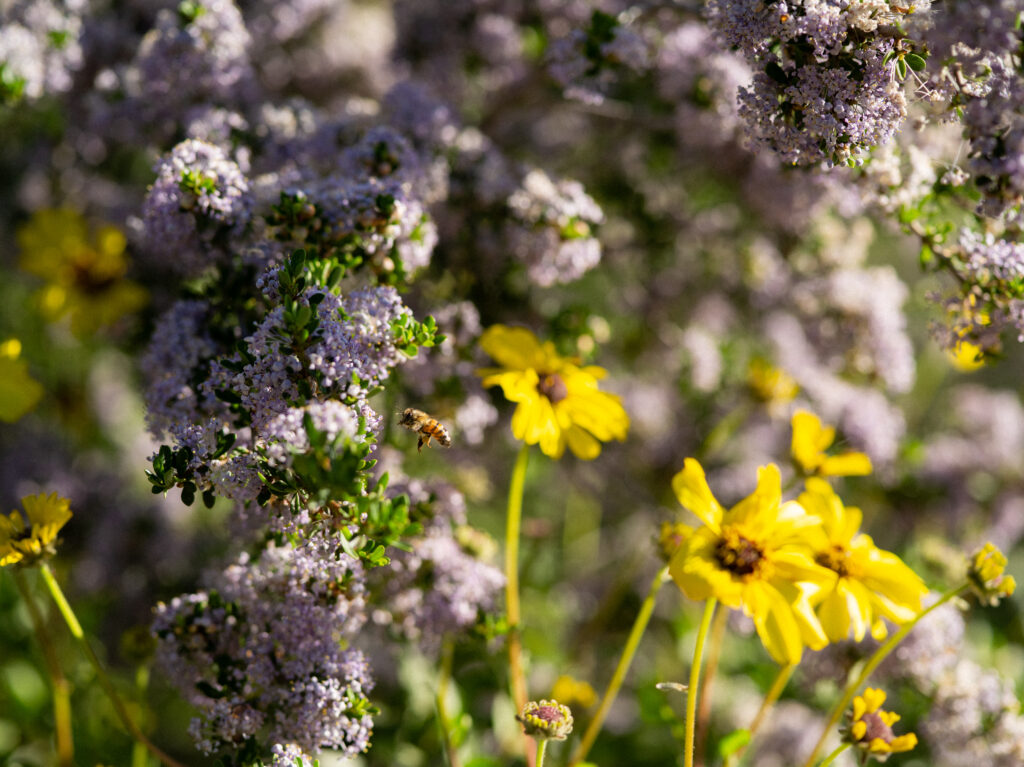
However, I was not, in fact, investing in any film cameras with my most recent purchase, but instead investing in the Pentax 645D, the 2010 digital adaptation of Pentax’s classic 645 line. I reasoned that, if the used Pentax I bought could offer me 30,000 frames before its shutter mechanism died, it would be more cost effective than buying a medium format film camera, given how expensive film stocks have become. For less than $1400, I was able to pick up a Pentax 645D with ~14,000 shots taken and a 45mm f/2.8 and 120mm f/4 macro lens (both manual focus, from the Pentax-A line). After shooting with this system for a few weeks, I am absolutely blown away by the results.
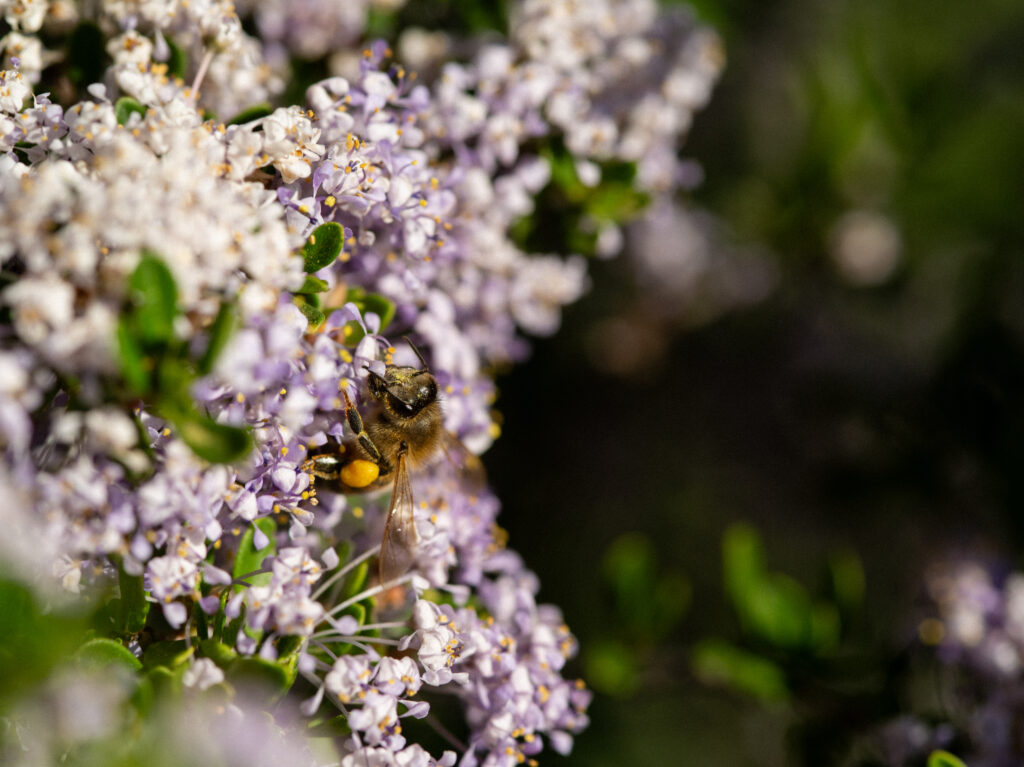
For this post, I’ll only include images taken with the Pentax 645D+120mm f/4 lens. I’ve always been drawn to insects, particularly bees, but haven’t shot much macrophotography before. As a former wildlife photographer (using a Canon 7D and Sigma 120-400mm f/4-5.6 lens combination), I’ve shot a lot of wildlife, so I figured I would try to take that knowledge and apply it to bee macrophotography.
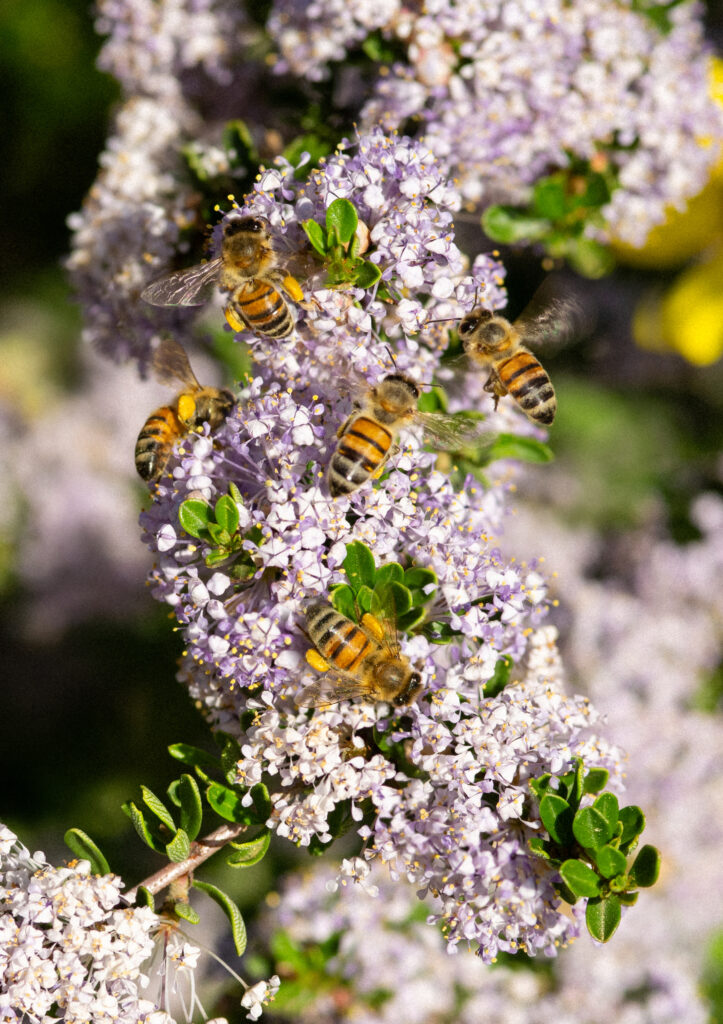
But I didn’t want to shoot the sort of insect macrophotography you see everywhere. I have a lot of respect for photographers that produce tack sharp, focus-stacked images of insects and arachnids with flashes that light up the entire scene, but I wanted something moodier. I wanted to bring to macrophotography what Michel d’Oultremont has brought to wildlife photography: photographs that highlight animals as just one small piece of a larger, dreamy landscape image… Photographs that could stand alone without the animals, that are just as beautiful as scenic depictions of natural ecosystems as they are portraits of animals. I knew that the Pentax 645D would give me the depth of field, image quality, and dynamic range to produce such images, and I set out on a cheery Saturday morning to my local botanical garden to do just that.
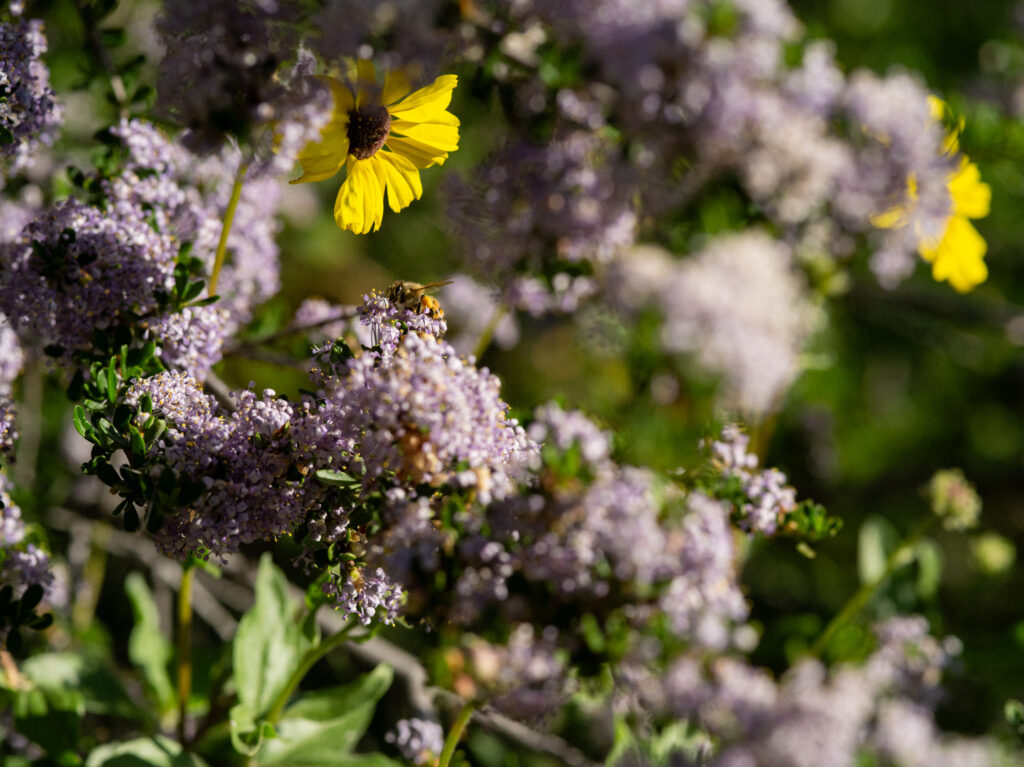
The workers at the garden were quite kind, and directed me “towards the bees” as I asked, and I had soon found a large purplish California Lilac with yellow Bush Sunflower growing amongst it. It was, as requested, crawling with honeybees. I sat down, set up my tripod, found some suitably dreamy compositions, and just waited for the bees.
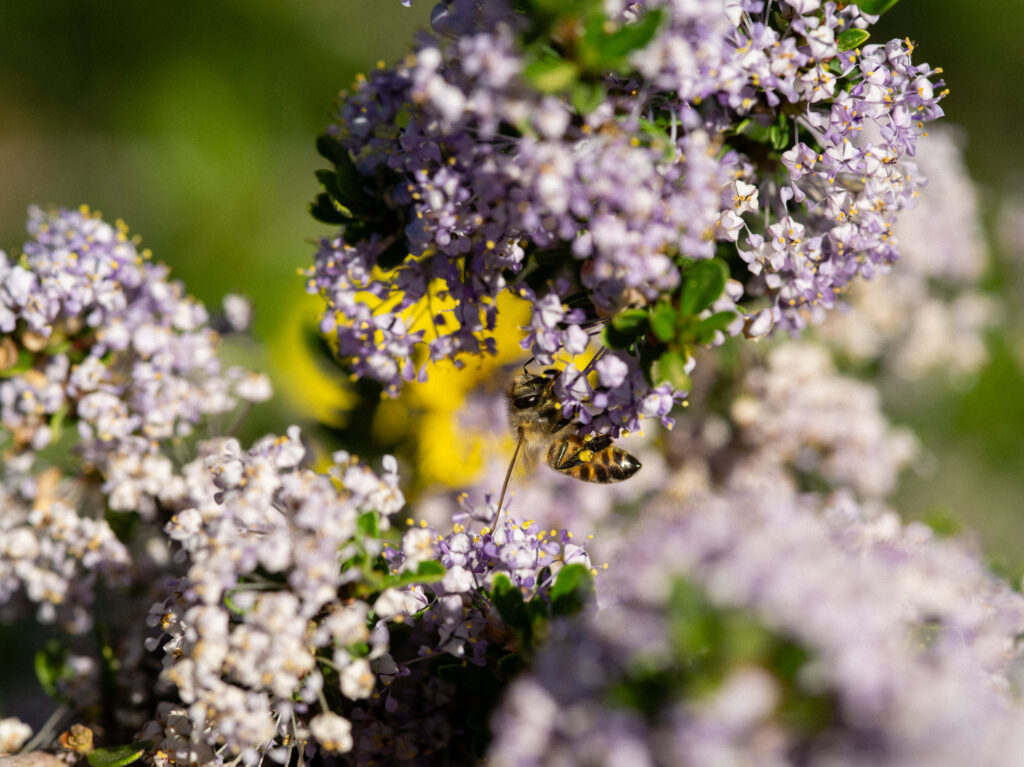
The Pentax 645D was very satisfying to shoot. Its shutter sounds nice and strong, it has a bright viewfinder that makes it easy to focus, and the buttons to control it are quite straightforward. The 120mm f/4 macro lens has a wide focusing ring, which allowed me to accurately focus on bees relatively regularly when stopped down to f/8. The only difficulty I had was that the images were consistently underexposed (not by too much, about a half stop) and it took a while for the images to write to the SD card, so I couldn’t check my images as frequently as I would have liked. With that said, I’m giddy to be using this system — it was inexpensive for a digital medium format camera when it was released in 2010, and it has only become cheaper with time. The image quality is beyond anything I’m used to, and I can’t wait to document my adventures with it in the future.
Share this post:

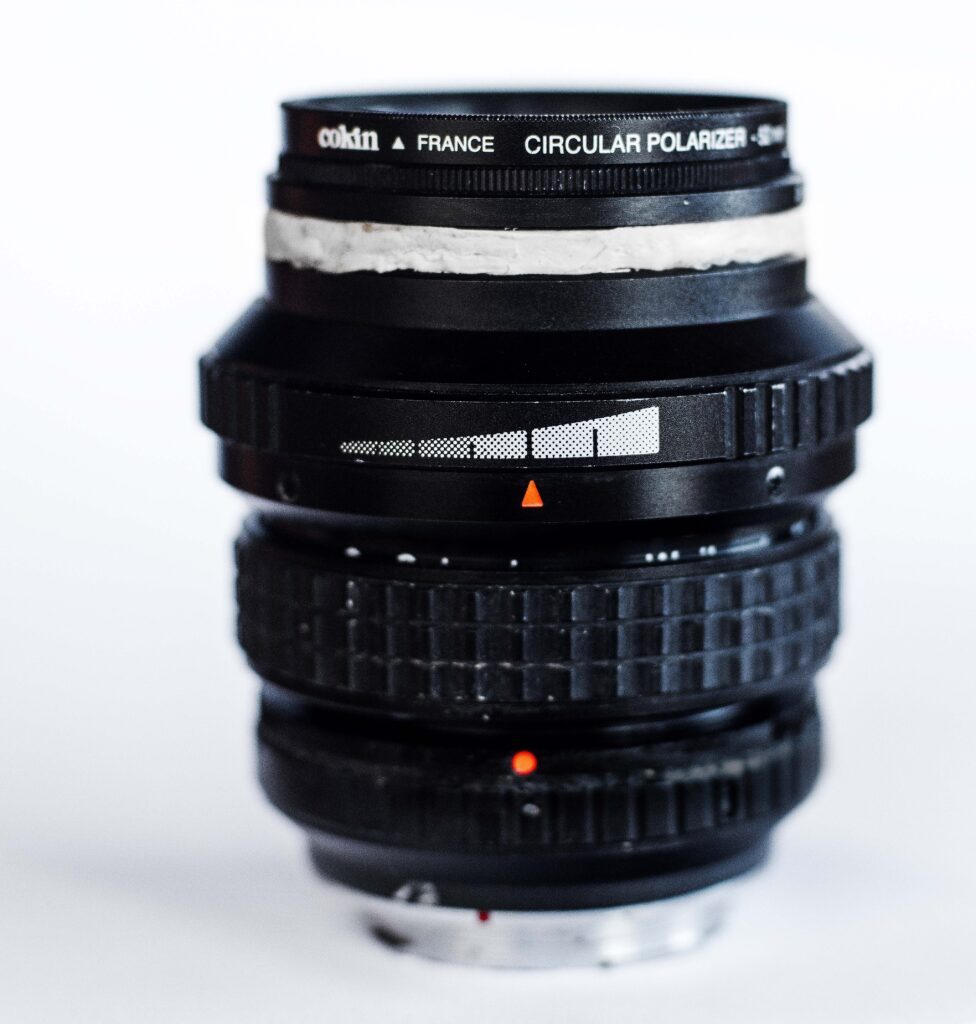
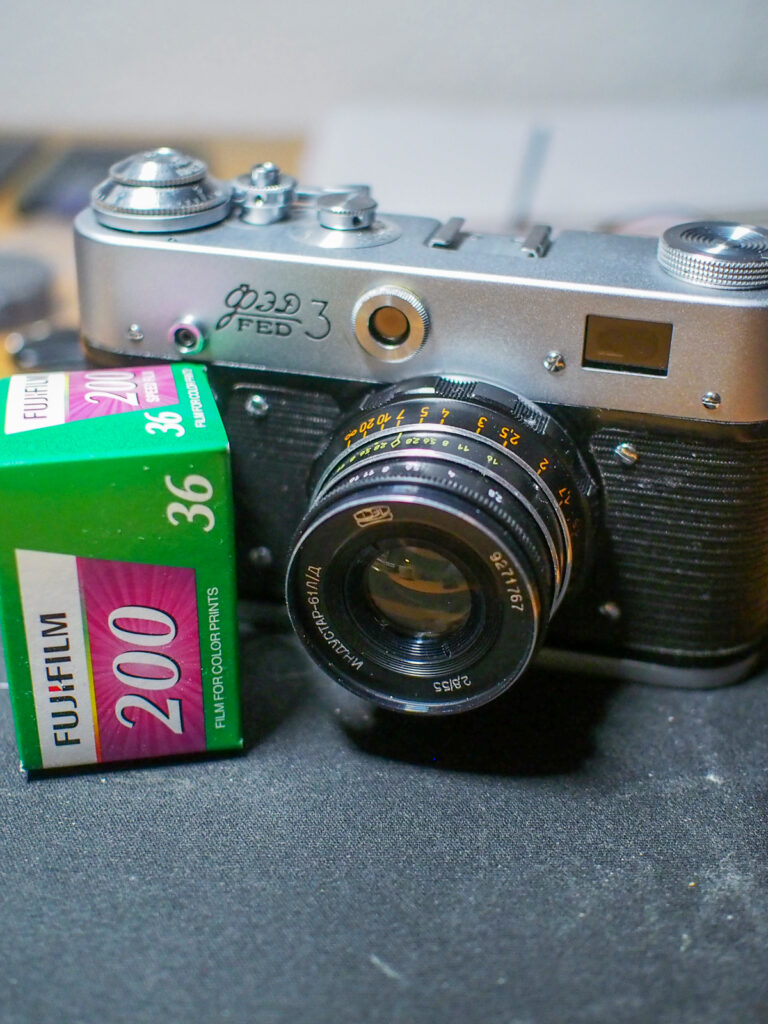
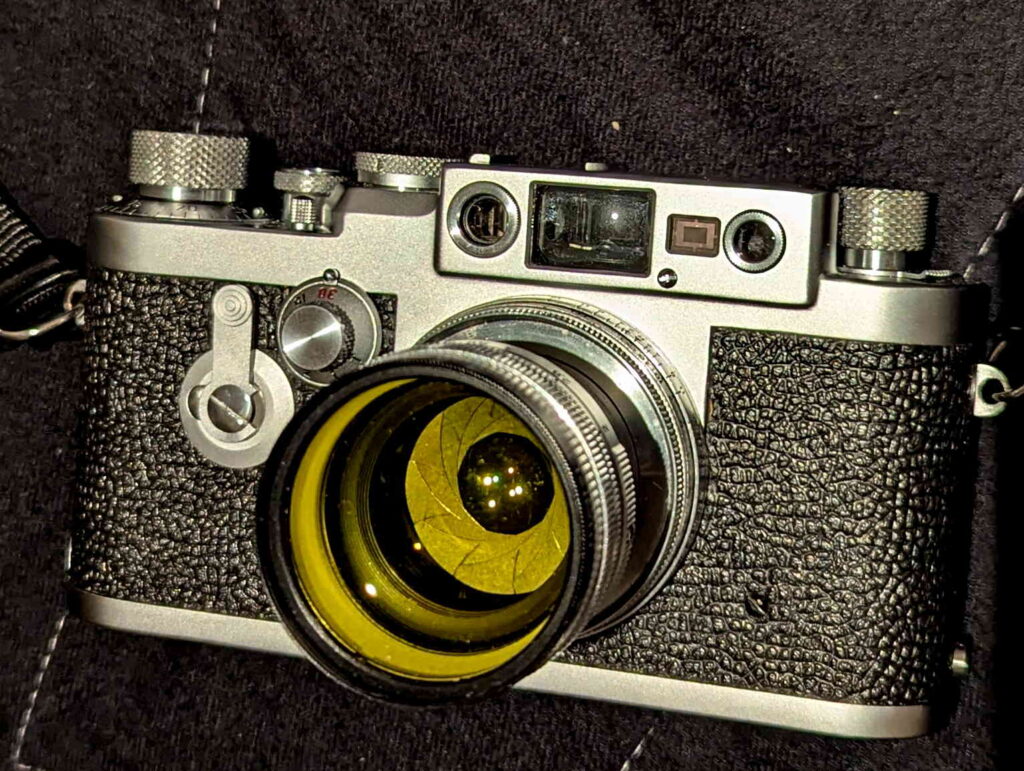
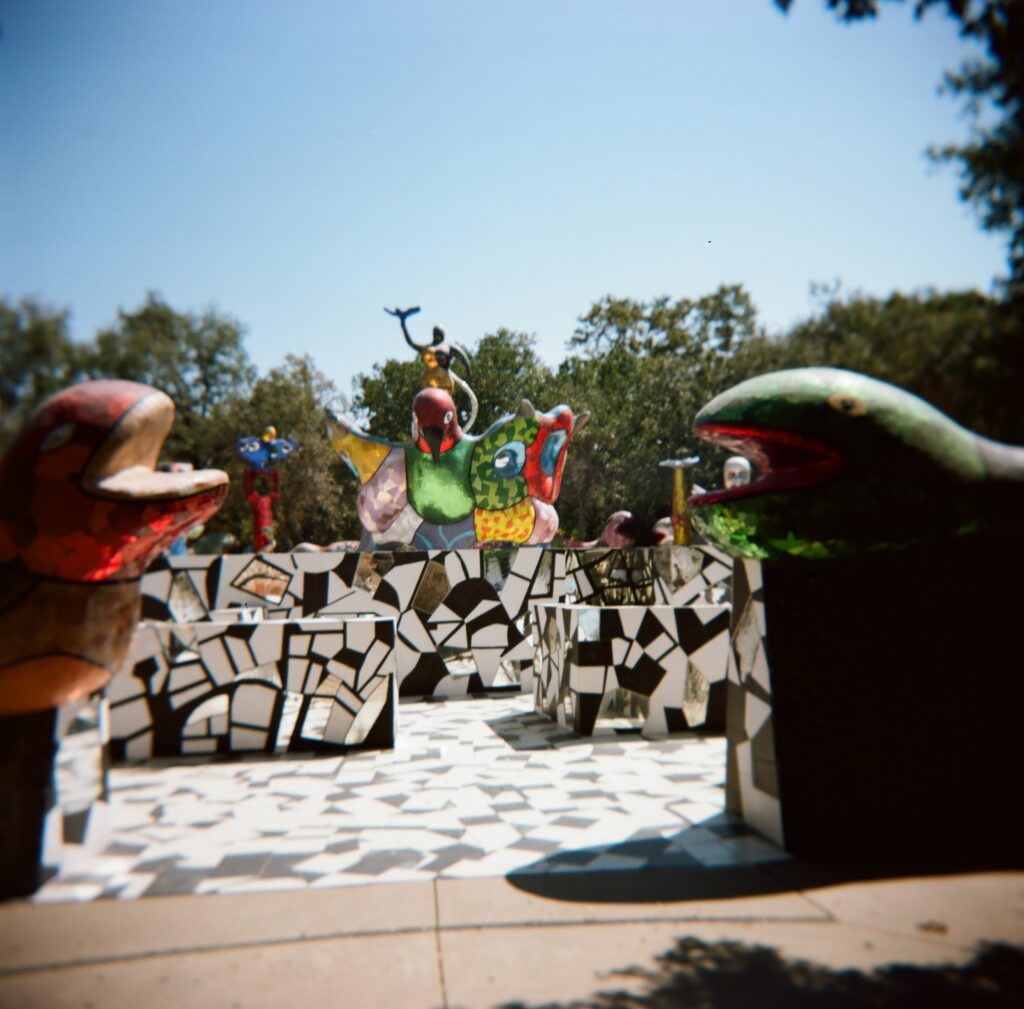




Comments
Gary Smith on 5 Frames of Macrophotography with a Pentax 645D and Pentax-A 120mm f/4
Comment posted: 02/06/2024
With a 40mp sensor, how many (if any) of your images above were crops?
Thanks for your thoughts on this camera.
Comment posted: 02/06/2024
Ibraar Hussain on 5 Frames of Macrophotography with a Pentax 645D and Pentax-A 120mm f/4
Comment posted: 03/06/2024
A camera I’ve long wanted but never had the spare funds to buy it.
Nice original macro work with it as well!
Thanks man
Comment posted: 03/06/2024
Eric on 5 Frames of Macrophotography with a Pentax 645D and Pentax-A 120mm f/4
Comment posted: 04/06/2024
Comment posted: 04/06/2024